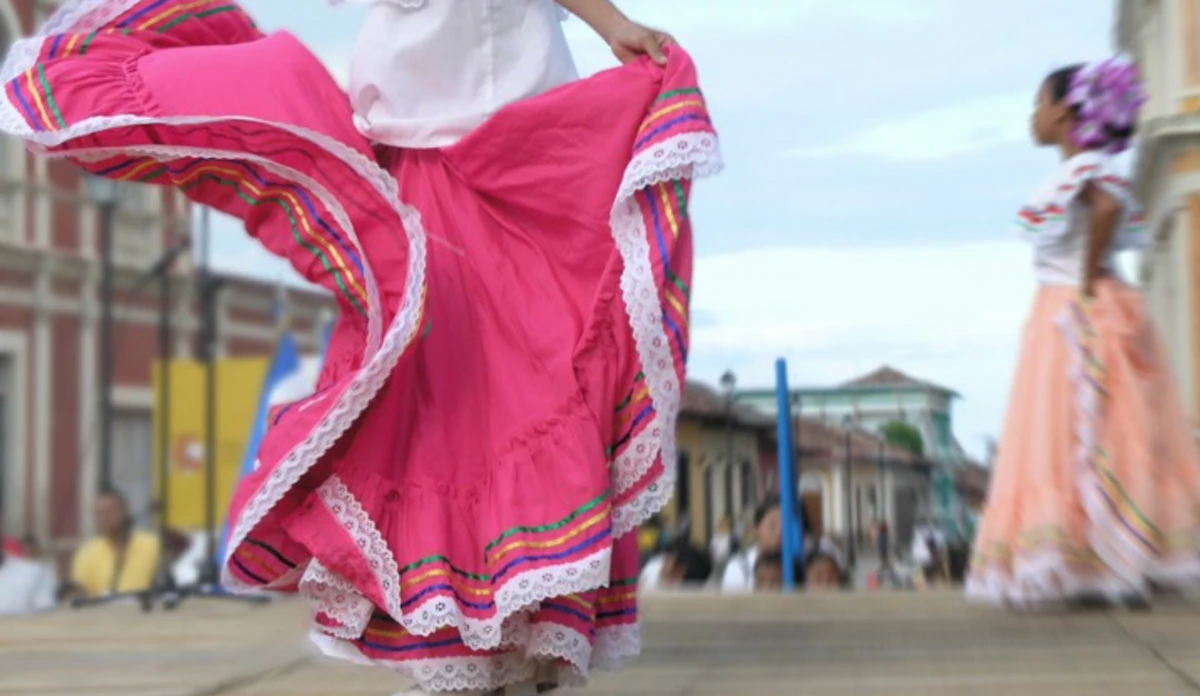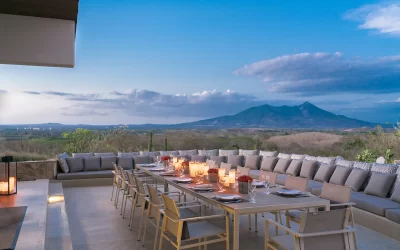Nicaragua is a country known for its vibrant culture, especially when it comes to folklore dancing. Nicaraguan folklore dances reflect the country’s rich and diverse history, with influence from its European settlers, enslaved Africans, and indigenous populations.
However, how did they start, and what do they mean? Keep reading to find out! Below, we’ll go over the different Nicaraguan folklore dances, focus on the background, and more.
What Are Nicaragua’s Dance Traditions?
Nicaragua boasts a rich history of dance that began before Columbus discovered the Americas in pre-Columbian times. This form of expression was used to protest against oppression during colonial periods, with enslaved people communicating through their steps and staying connected to their native lands. As time progressed, so did dancing’s place within Nicaraguan culture, becoming ever more rooted in society.
The people of Nicaragua have crafted a unique culture by blending the contributions from Spanish, Indigenous, and Caribbean roots. Spain and its natives introduced el Güegüense; Palo De Mayo debuted in the Caribbean islands, and Baile de Los Zompopos traces back to Pre-Columbian times. Through traditional dance, one can observe the history woven into each step, embodying both reverence for past generations and an appreciation for cultural diversity!
Iconic Nicaraguan Dances You Need To Know
El Güegüense
One of the most widely-known literary works in Nicaragua and across Latin America, this awe-inspiring work of art combines Spanish and Indigenous theater, dance, and music to highlight disdain towards Nicaraguans during colonialism satirically. Originating from Diriamba city, its creator remains unknown despite being renowned worldwide. This captivating expression has been celebrated for confronting a difficult historical period with humor.
Historians believe El Güegüense might have been a wealthy merchant who rejected Spanish taxation. This great play is composed of fourteen characters: three mestizos, four Spanish authorities, and two women, as well as four animals of burden. Every character wears eye-catching costumes!
El Viejo Y La Vieja
In English, El Viejo y La Vieja, The Old Man, and The Old Lady is a timeless dance of Diriamba. This graceful but sluggish routine tells the story of an older man wearing a jacket, a long-sleeve shirt, and trousers; his look is completed with a hat donning colorful ribbons and a mask. To bring it all together, he exquisitely moves as he brings into play a cane for every step.
Palo De Mayo
The Palo De Mayo dance will awaken your senses and entice you with its history! A traditional Bluefields dance since the 17th century brings together several cultures from the South Caribbean Coast Region in Nicaragua, Belize, the Bay Islands of Honduras, and Bocas del Toro in Panama. To accompany this mesmerizing routine are bongo drums made of tree trunks and a washboard bass and percussion to create an unforgettable experience!
Baile De Los Zompopos
The Baile de Los Zompopos, or “Leave Cutter Ants” dance, commemorates the triumphant victory of a colony of leaf-cutting ants. This festive parade has been an ode to the Patron Saint of Altagracia since 1613 and was once used as a means of Indigenous people worshiping Quiateot—the God of harvest. As they sway in harmony to traditional music, participants hold sugar canes and tree branches high over their heads in celebration!
Get The Full Nicaraguan Experience By Getting Folklore Dance Classes At Nekupe
Do you want to learn about Nicaraguan culture and folklore? By staying in Nekupe, an all-inclusive resort, you can do so. Our excellent folklore dance classes will immerse you in Nicaraguan culture and tradition and surrender to the rhythm. We will do the rest!
We offer luxury at its best, which makes us the ideal option among hotels in Central America. So book your stay at Nekupe today and prepare for a truly enriching experience!




0 Comments